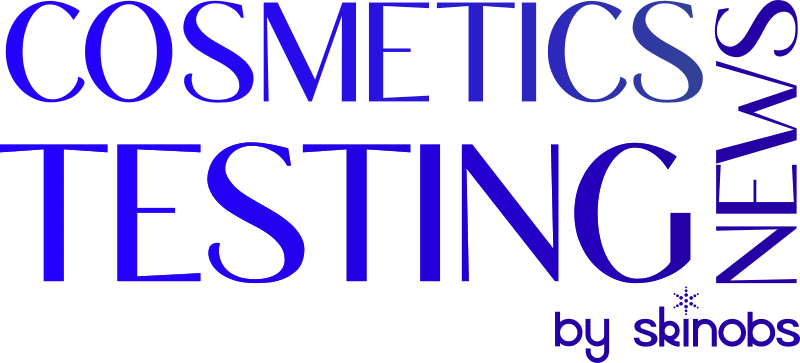In cosmetic science, proving anti-aging efficacy requires more than subjective evaluations. Today, instrumental testing provides objective, reproducible, and reliable data to demonstrate how products impact skin aging. But among the wide range of techniques, which are most relevant for anti-aging assessments?
Why is Instrumental Testing Essential in Anti-Aging Research?
Unlike consumer perception studies, instrumental methods deliver:
- Objective quantification of visible and invisible effects.
- Scientific comparability across different formulations.
- Reproducible and verifiable outcomes.
- Regulatory support for anti-aging claims.
Key Categories of Instrumental Testing in Anti-Aging
1. Wrinkle and Fine Line Assessment
Wrinkles can be analyzed through 2D and 3D skin surface mapping, quantifying their depth, length, and volume.
👉 Especially relevant for products claiming a visible reduction in wrinkles.
2. Firmness and Elasticity Measurements
These techniques rely on the mechanical deformation of the skin (stretching, suction, compression) to assess its ability to resist and recover.
👉 Fundamental for anti-aging claims focused on firming, lifting, or skin resilience.
3. Hydration and Barrier Function Analysis
Hydration plays a key role in youthful skin appearance. Instrumental methods measure water content in the stratum corneum and transepidermal water loss, indicators of both skin comfort and barrier integrity.
👉 Crucial for moisturizing products positioned as anti-aging solutions.
4. Complexion and Skin Tone Evaluation
Skin aging is also characterized by pigmentation irregularities, redness, and dullness. Instrumental color and uniformity analyses allow objective evaluation of radiance and evenness.
👉 Particularly relevant for brightening or complexion-correcting anti-aging products.
Which Methods Work Best?
There is no single “best” method: the choice depends on the product’s claimed benefit.
- Wrinkle reduction → surface mapping.
- Firming action → elasticity and mechanical resistance.
- Hydration → water content and barrier function.
- Radiance and even tone → complexion and color analyses.
👉 Combining methods strengthens scientific validity and marketing credibility.
Conclusion
Instrumental testing in anti-aging cosmetics is indispensable for providing strong scientific evidence of efficacy. By tailoring methods to specific claims and combining multiple approaches, brands can ensure regulatory compliance, consumer confidence, and competitive advantage in the market.
Want to stay updated on the latest best practices and innovations in anti-aging testing?
➡️ Visit Skinobs for expert insights, news, and resources on cosmetic evaluation.





